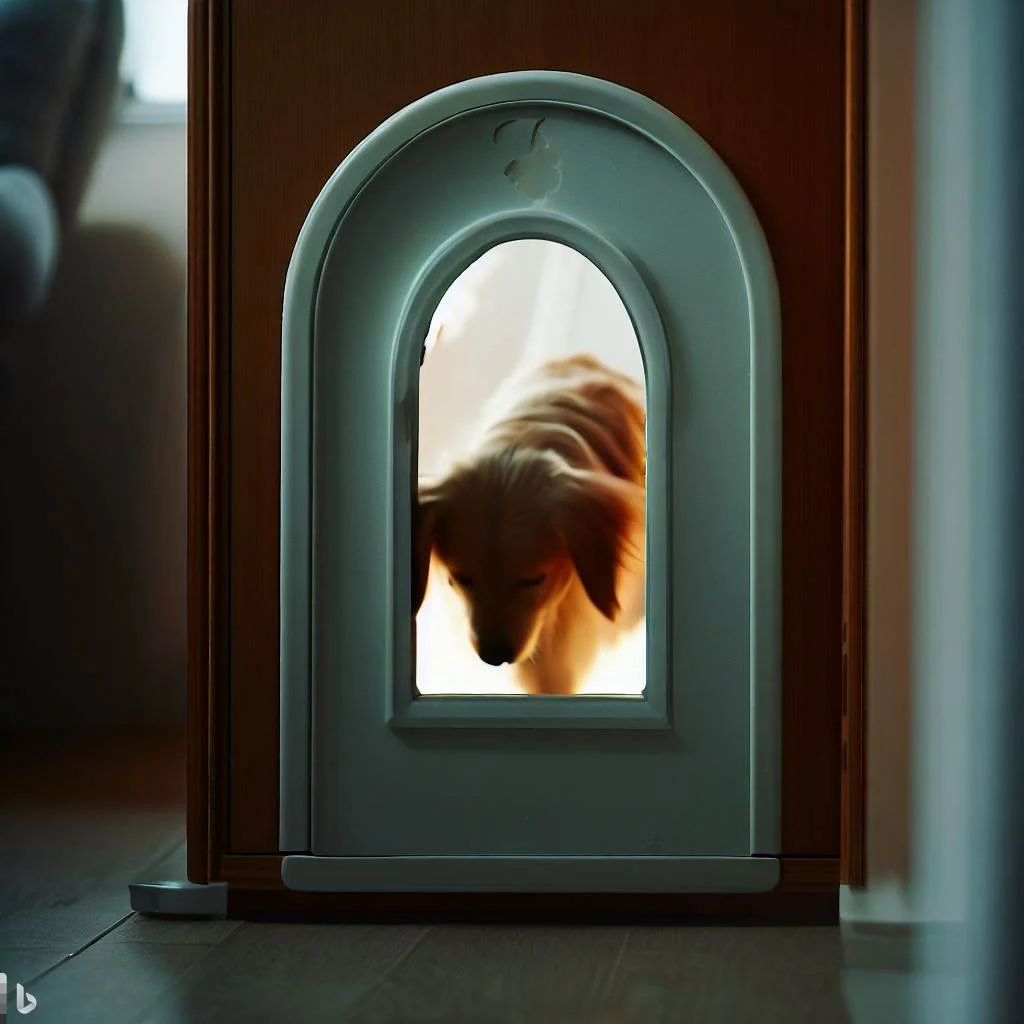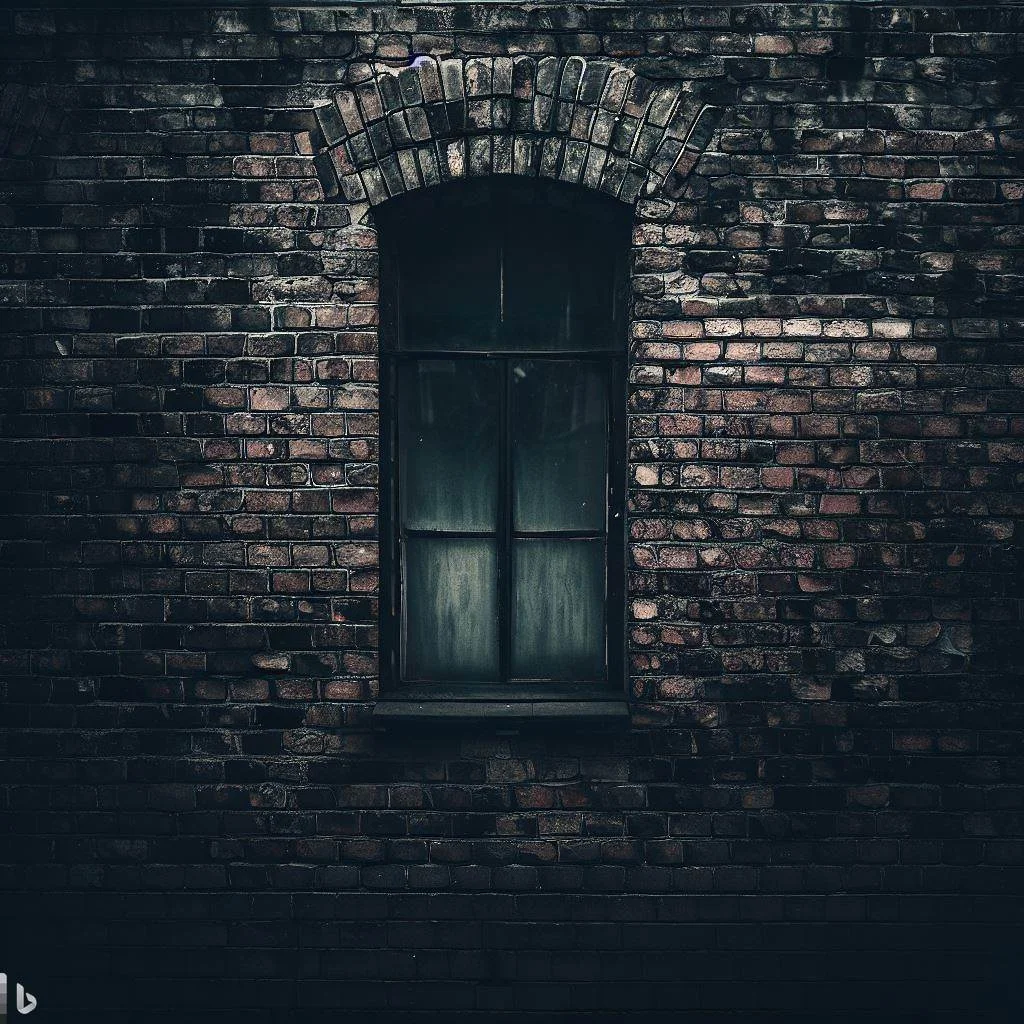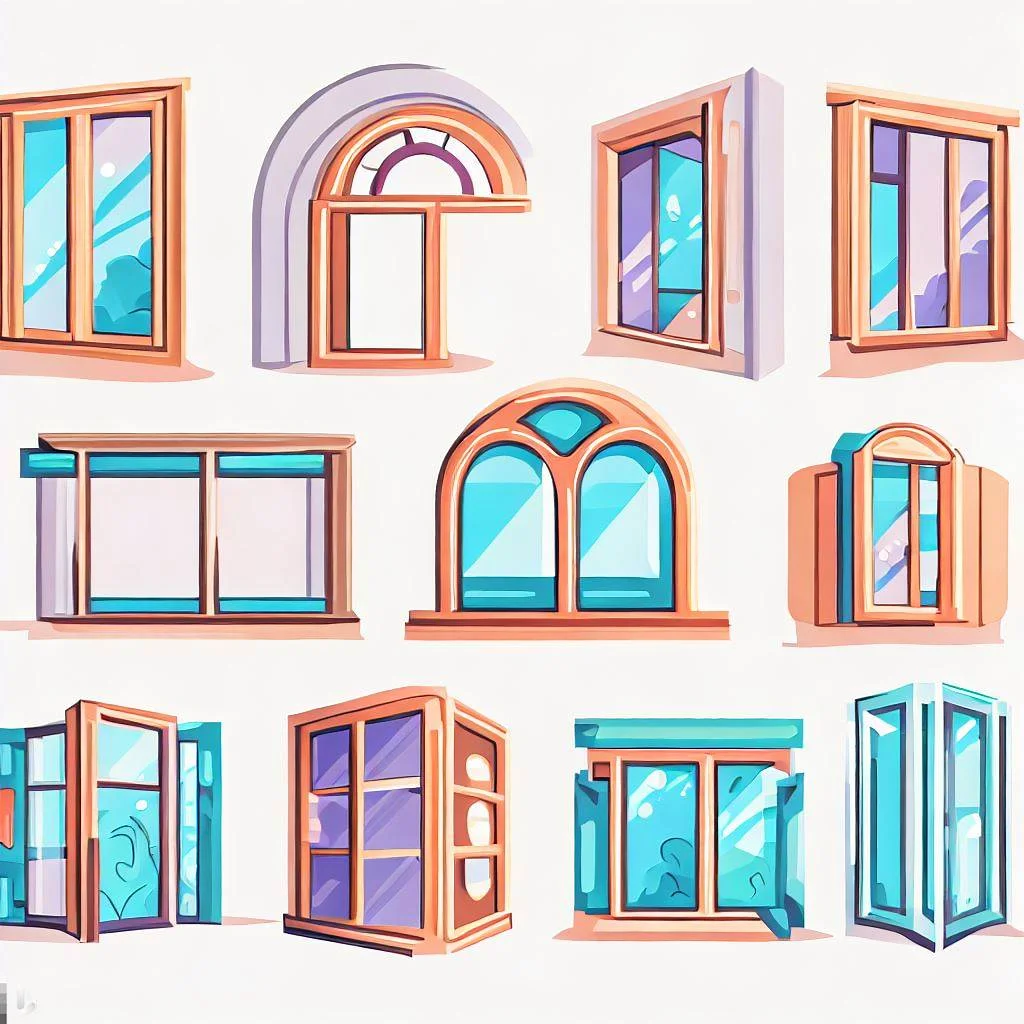Introduction
French doors are a popular choice for homeowners looking to add elegance and functionality to their living spaces. However, installing French doors can be a complex task that requires careful planning and execution. In this article, we will discuss the ten most common mistakes to avoid when installing French doors to ensure a successful and seamless installation process.
Inadequate Measurements:
One of the biggest mistakes people make when installing French doors is failing to take accurate measurements. This can result in ill-fitting doors that don't align properly or function correctly. To avoid this, measure the opening multiple times to ensure precision and consult with professionals if needed. Additionally, consider factors such as door thickness, clearance, and overall dimensions to ensure a proper fit.
Poor Door Placement:
Choosing the wrong location for your French doors can be a costly mistake. Consider the flow of traffic, natural light, and overall aesthetics of the room. Installing doors in inappropriate areas can disrupt the functionality and compromise privacy. Take into account the surrounding walls, furniture layout, and architectural features to ensure the doors complement the space.
Neglecting Structural Considerations:
French doors are heavier than regular doors, and failing to account for their weight during installation can lead to structural problems. Ensure that the supporting walls and framing are sturdy enough to bear the load, or consult a professional to reinforce the structure if necessary. Reinforcing with additional studs, headers, or support beams can provide the necessary strength and stability for the doors.
Improper Installation of Weatherstripping:
Weatherstripping is crucial for insulation and preventing air leaks around your French doors. Improper installation or neglecting weatherstripping altogether can lead to drafts, moisture issues, and decreased energy efficiency. Take the time to properly install weatherstripping along the door frame, ensuring a tight seal to prevent air and water infiltration. Use high-quality materials that are suitable for your climate.
Incorrect Door Hardware:
Using inadequate or improper door hardware is a common mistake that can affect the functionality and security of French doors. Ensure that you choose hardware designed specifically for French doors, including hinges, handles, and locks. Quality hardware will ensure smooth operation, durability, and enhance the overall appearance of the doors. Consider factors such as security, style, and ease of use when selecting the appropriate hardware.
Lack of Proper Sealing:
Proper sealing is essential to protect your French doors from the elements. Failing to seal gaps and joints can result in water infiltration, drafts, and decreased energy efficiency. Use appropriate sealants and caulk to seal all openings, including around the frame and glass panels. Ensure that the seals are properly applied and maintained to prevent moisture and air leakage.
Inadequate Insulation:
French doors with large glass panels can contribute to heat loss or gain if not adequately insulated. Adding insulated glass or using window film can improve energy efficiency and minimize temperature transfer. Consider consulting with professionals to determine the most suitable insulation options for your specific needs. Additionally, using curtains or blinds can help regulate temperature, increase privacy, and reduce the impact of sunlight on your living space.
Ignoring Ventilation and Moisture Concerns:
French doors are often installed in areas with high moisture levels, such as bathrooms or kitchens. Ignoring proper ventilation and moisture management can lead to mold, mildew, and rotting issues. Ensure sufficient ventilation by incorporating exhaust fans or installing operable windows nearby. Properly seal any areas prone to moisture exposure to maintain the longevity of your French doors and prevent potential damage.
Incorrect Finishing:
Proper finishing is crucial to protect the doors from environmental factors and enhance their appearance. Neglecting to apply the appropriate finishes, such as paint or stain, can result in premature deterioration or an unsightly appearance. Follow the manufacturer's instructions and use high-quality finishes for a durable and appealing finish. Regular maintenance, including reapplication of finishes, is important to ensure the doors' longevity and visual appeal.
Rushing the Installation Process:
Installing French doors is not a task to be rushed. Take the time to plan, measure, and execute each step carefully. Rushing through the process can lead to mistakes, compromised functionality, and costly repairs. Patience and attention to detail are key to a successful installation. If you are unsure or lack experience, consider hiring a professional to ensure a smooth and accurate installation.
Conclusion
By avoiding these ten common mistakes when installing French doors, you can ensure a smooth and trouble-free installation process. Proper measurements, structural considerations, sealing, insulation, and attention to detail are essential for the successful installation of French doors. By taking the time to plan, prepare, and execute each step properly, you can enjoy the beauty, functionality, and longevity of your French doors for years to come. Remember to consult with professionals when needed and prioritize quality materials and craftsmanship. With careful installation, French doors can transform your living space and add value to your home.



